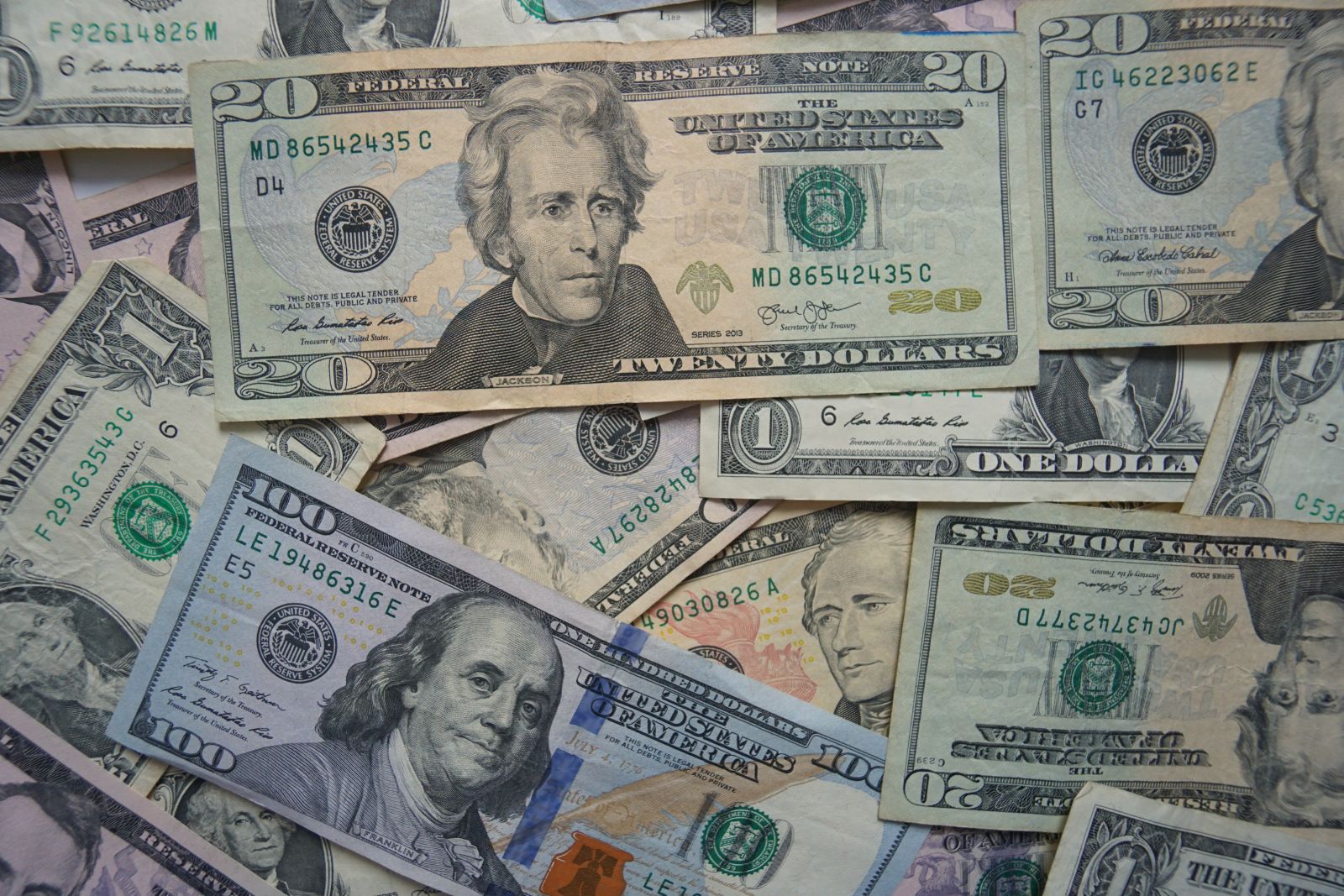
The dollar index (DXY00) is down -0.24% on lower T-note yields and weak US economic reports. The 10-year T-note yield is down -2.3 bp at 4.227%.
The preliminary-July S&P US manufacturing PMI fell by -2.1 points to 49.5, which was substantially weaker than expectations of unchanged at 51.6. The US manufacturing PMI fell below the expansion-contraction level of 50.0 for the first time since December 2023, indicating weakness in the US manufacturing sector. By contrast, the preliminary-July S&P US services PMI rose by +0.7 points to 56.0, stronger than expectations for a -0.4 point decline to 54.9.
June US new home sales fell by -0.6% to 617,000, weaker than expectations of a rise to 640,000. Home sales are being undercut by high mortgage rates and high home prices.
The markets are looking ahead to Friday’s PCE deflator report for an update on when inflation may have fallen enough to allow the Fed to proceed with a rate cut. The PCE deflator is the Fed’s preferred inflation measure. The consensus is that Friday’s June PCE deflator will ease to +2.4% y/y from May’s +2.6%, and the June core PCE deflator will ease to +2.5% y/y from May’s +2.6%. The expected PCE deflator reports of +2.4% y/y (headline) and +2.5% y/y (core) would represent new 3-1/4 year lows for both measures, which would give the Fed more confidence that inflation will continue to move lower towards its +2% inflation target.
The markets are discounting the chances for a -25 bp rate cut at 7% for next week’s July 30-31 FOMC meeting and 100% for the following meeting on Sep 17-18.
In a negative development for the Canadian dollar, the Bank of Canada (BOC) today cut its target rate by -25 bp 4.50%, which is substantially below the Fed’s target range of 5.25%/5.50%. The BOC’s rate cut decision was driven by downside risks to Canadian economic growth and household spending, improving inflation, and rising unemployment.
EUR/USD (^EURUSD) is up +0.07% on dollar weakness. However, the euro was undercut by today’s weaker-than-expected Eurozone PMI report and increased odds of an ECB rate cut at its next meeting in September.
The preliminary-July Eurozone manufacturing PMI fell by -0.2 points to 45.6, weaker than expectations for a +0.3 point rise to 46.1. The preliminary-July Eurozone services PMI fell by -0.9 points to 51.9, which was weaker than expectations for a +0.1 point increase to 52.9.
Swaps are discounting the chances of a -25 bp rate cut by the ECB at 87% for the September 12 meeting.
USD/JPY (^USDJPY) is sharply lower by -1.39%. The yen is seeing support after the market boosted the odds for a +10 bp BOJ rate hike at its meeting next week to 73% today from 45% on Tuesday. Ruling LDP Secretary-Genera Motegi this week called for higher interest rates to combat yen weakness, joining the view of Minister for Digital Transformation Kono and illustrating political support for higher interest rates and a yen recovery. The yen is also seeing underlying support from the possibility of another round of BOJ intervention to support the yen.
Swaps are pricing in the chances for a +10 bp rate increase by the BOJ at 73% for next week’s July 31 meeting and 100% for the September 20 meeting if there is no rate hike at the July 31 meeting.
August gold (GCQ24) is up +20.8 (+0.86%), and September silver (SIU24) is up +0.169 (+0.58%). Gold is seeing support from the lower dollar, lower T-note yields, and today’s sharp sell-off in stocks, which boosted safe-haven demand for gold. Gold has underlying support after long gold holdings in ETFs rose to a 3-1/2 month high of 2,554.3 metric tons last Thursday, although gold holdings have since tailed off a bit.
On the date of publication, Rich Asplund did not have (either directly or indirectly) positions in any of the securities mentioned in this article. All information and data in this article is solely for informational purposes. For more information please view the Barchart Disclosure Policy here.






